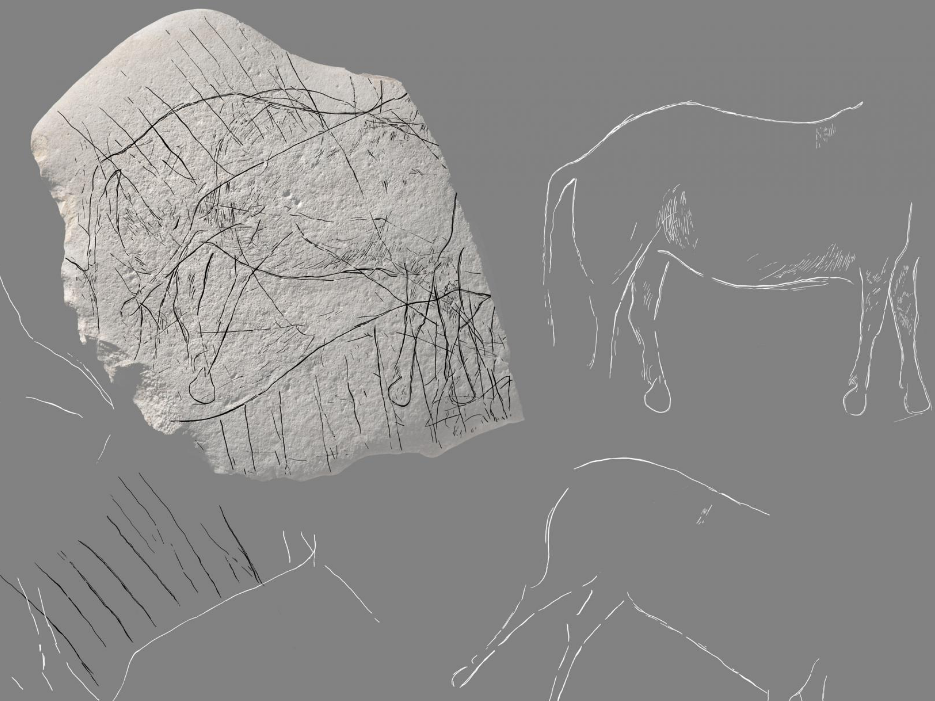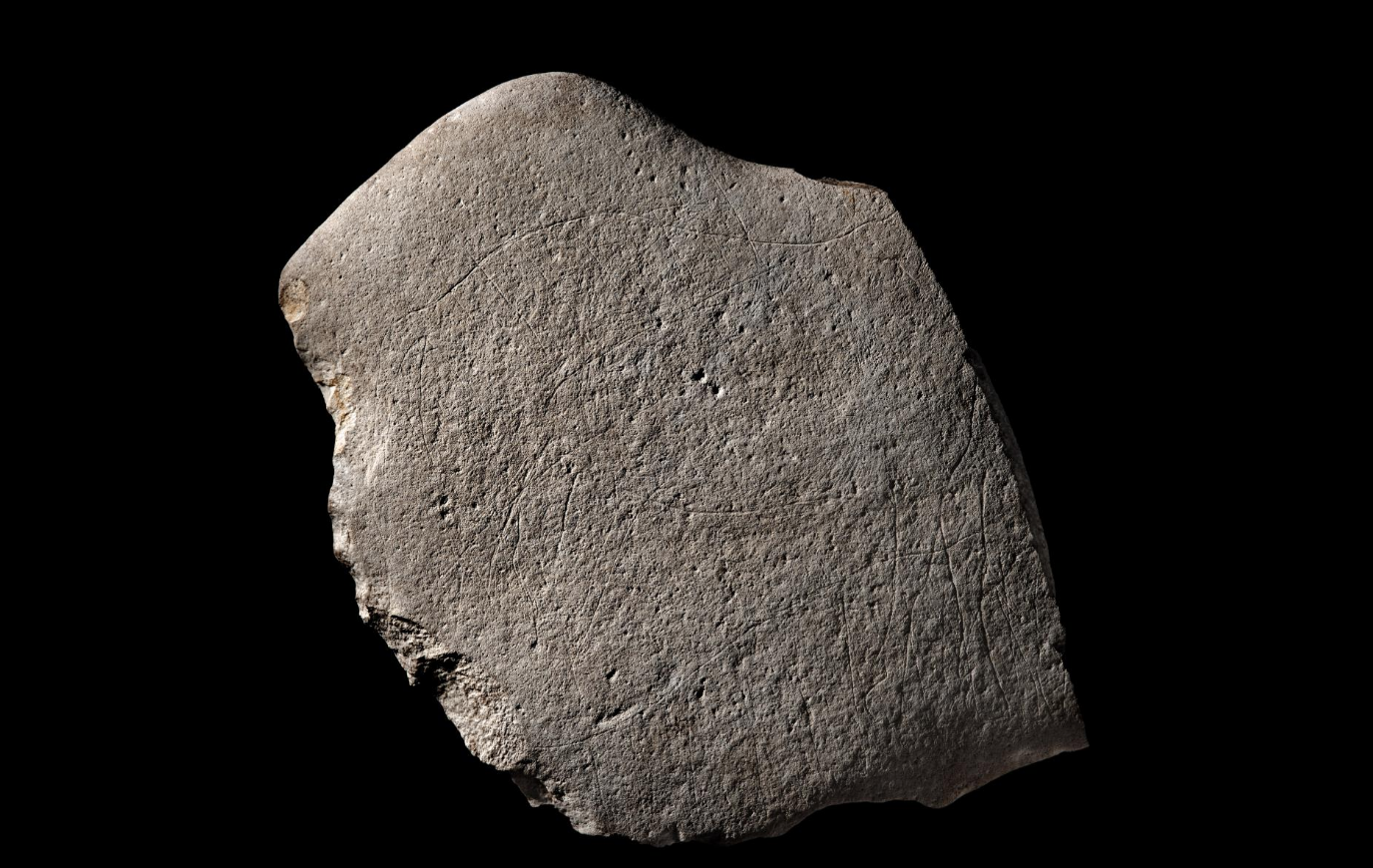Prehistoric stone engraved with horse and extinct cattle found in France
‘Exceptional’ find believed to be from Azilian culture of northern Spain and southern France who lived 14,000 years ago

Your support helps us to tell the story
From reproductive rights to climate change to Big Tech, The Independent is on the ground when the story is developing. Whether it's investigating the financials of Elon Musk's pro-Trump PAC or producing our latest documentary, 'The A Word', which shines a light on the American women fighting for reproductive rights, we know how important it is to parse out the facts from the messaging.
At such a critical moment in US history, we need reporters on the ground. Your donation allows us to keep sending journalists to speak to both sides of the story.
The Independent is trusted by Americans across the entire political spectrum. And unlike many other quality news outlets, we choose not to lock Americans out of our reporting and analysis with paywalls. We believe quality journalism should be available to everyone, paid for by those who can afford it.
Your support makes all the difference.A prehistoric stone engraving of a horse, believed to have been created about 12,000 years ago, has been found in the Bordeaux region of France.
Featuring engravings of geometric shapes and another animal, thought to be the extinct aurochs – a type of large wild cattle - the find was described as “exceptional”.
It indicates the hunter-gatherer people living in this region at the end of the paleolithic era had already begun to experiment with drawing, experts at France’s National Archaeological Research Institute (Inrap) said.
“The plate has engravings on both sides and combines geometric and figurative motifs," they added.
Made of siliceous sandstone of local origin, archaeologists said some of the motifs were “typical of the recent Azilian”.
The Azilian culture refers to groups of people roughly 14,000 years ago around the south of France and north of Spain at a time when a warming climate at the end of the ice age brought about major changes in human behaviour in the area.
The effects of melting ice sheets would have diminished the food supplies.
People were dependent on herds of horses and reindeer and were likely impoverished compared to the previously well-fed population.
As a result, Azilian tools were often cruder than those of their ice age predecessors.

The 25cm x 18cm stone was found during archaeological work at an ”ancient hunting site” near Angoulême train station.
“The most visible engraving, that of a headless horse turned to the right, occupies half the surface. The rump and the saddle follow the curves of the natural edge of the stone.” Inrap said. “Very fine incisions may suggest the coat. The four legs are represented, but only three hooves are represented (the right hind is missing). [Both the] legs and hooves are very realistic.”
The institute said the stone will be presented to the public in Angoulême on the National Days of Archaeology between 14 and 16 June, during the “Blue Suns” festival.
Join our commenting forum
Join thought-provoking conversations, follow other Independent readers and see their replies
Comments